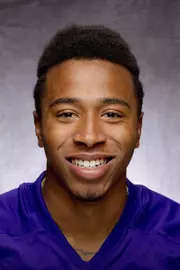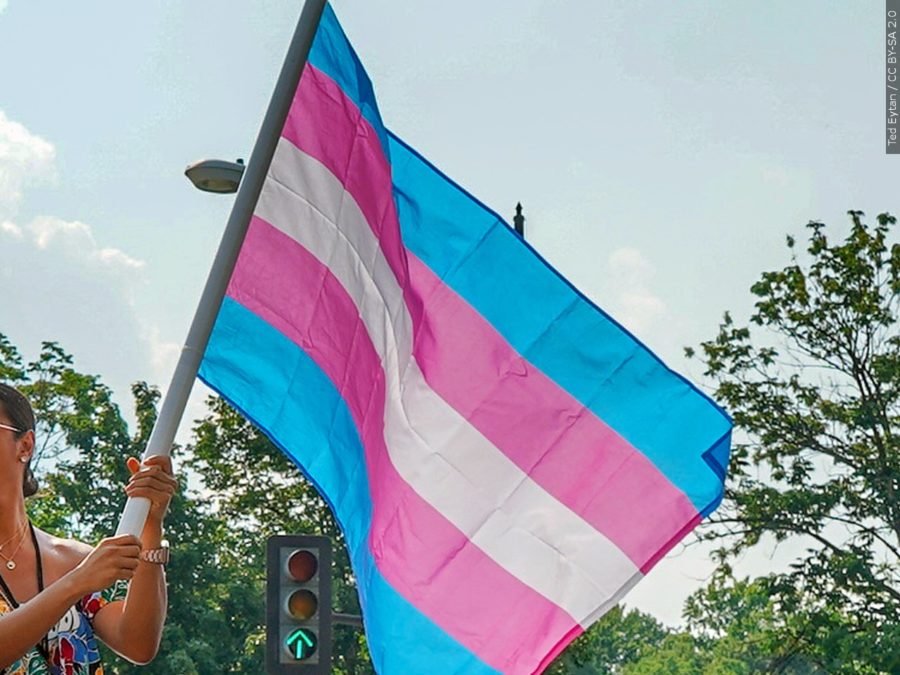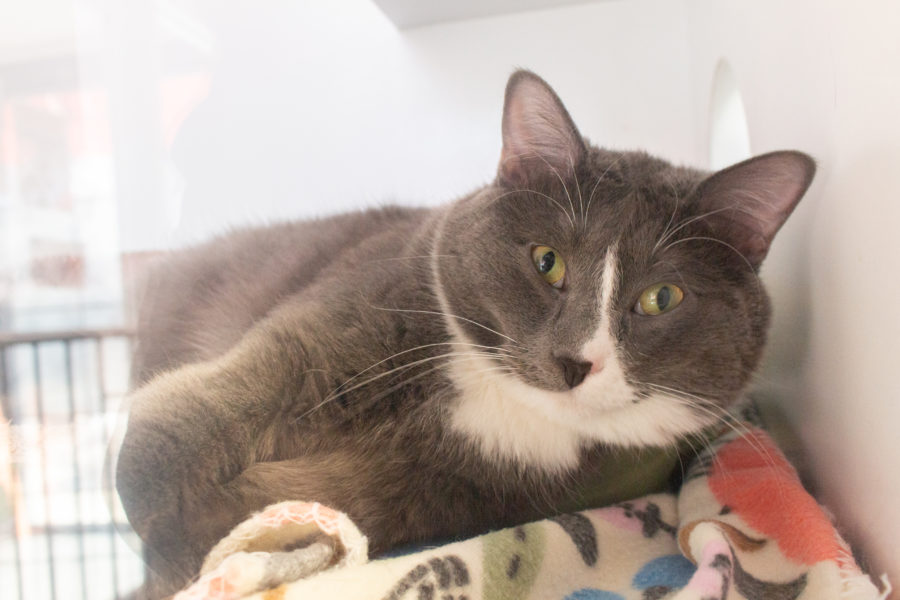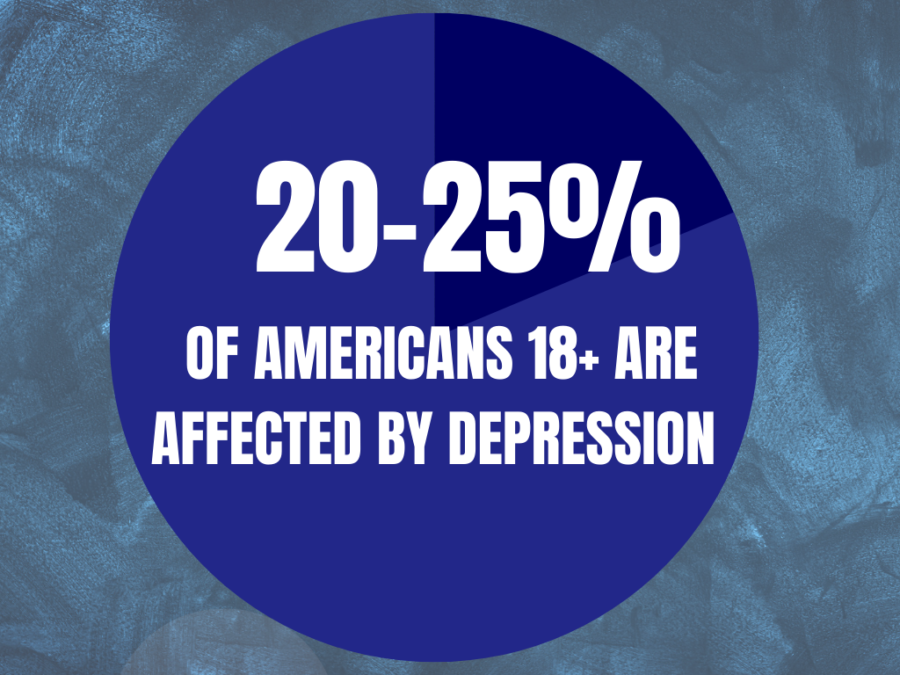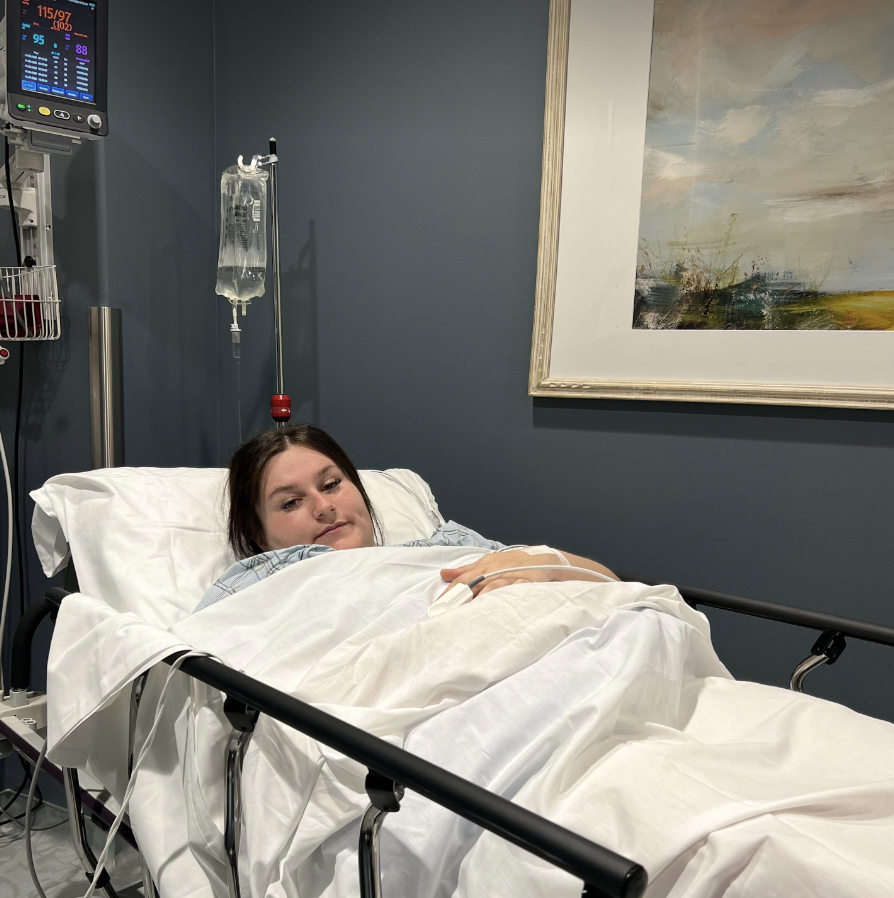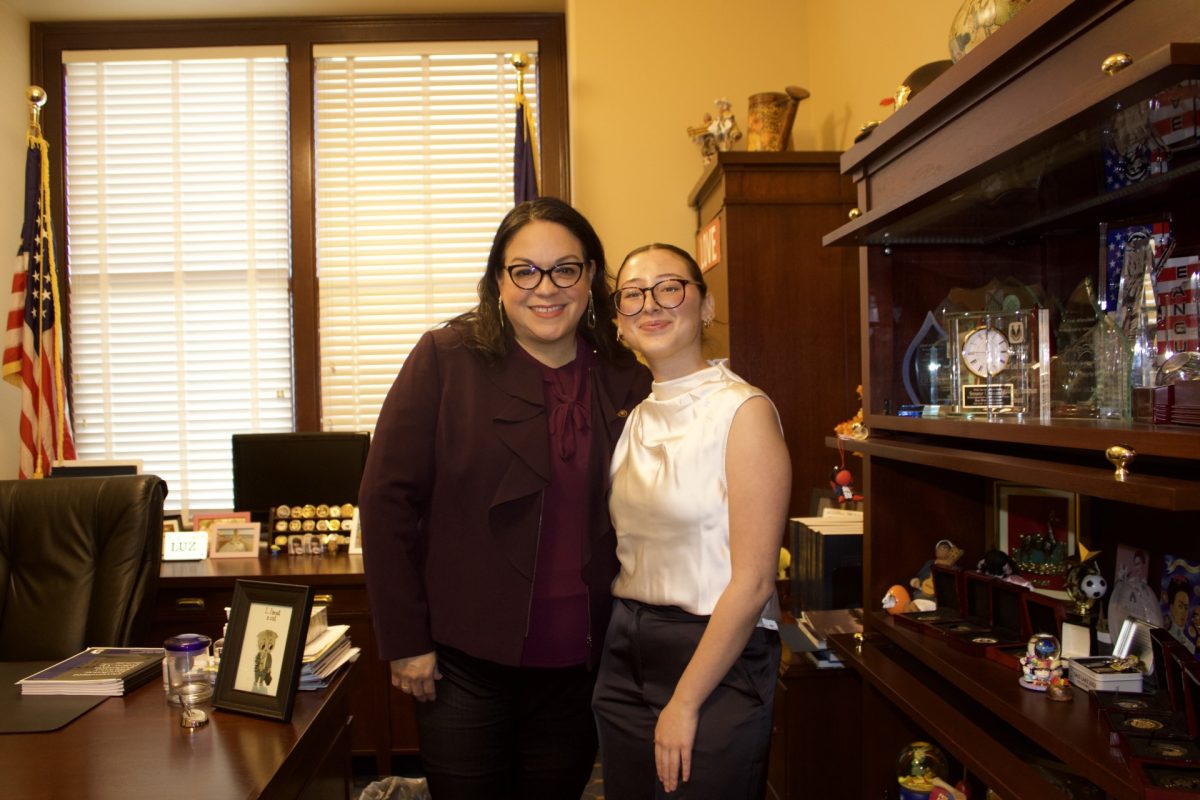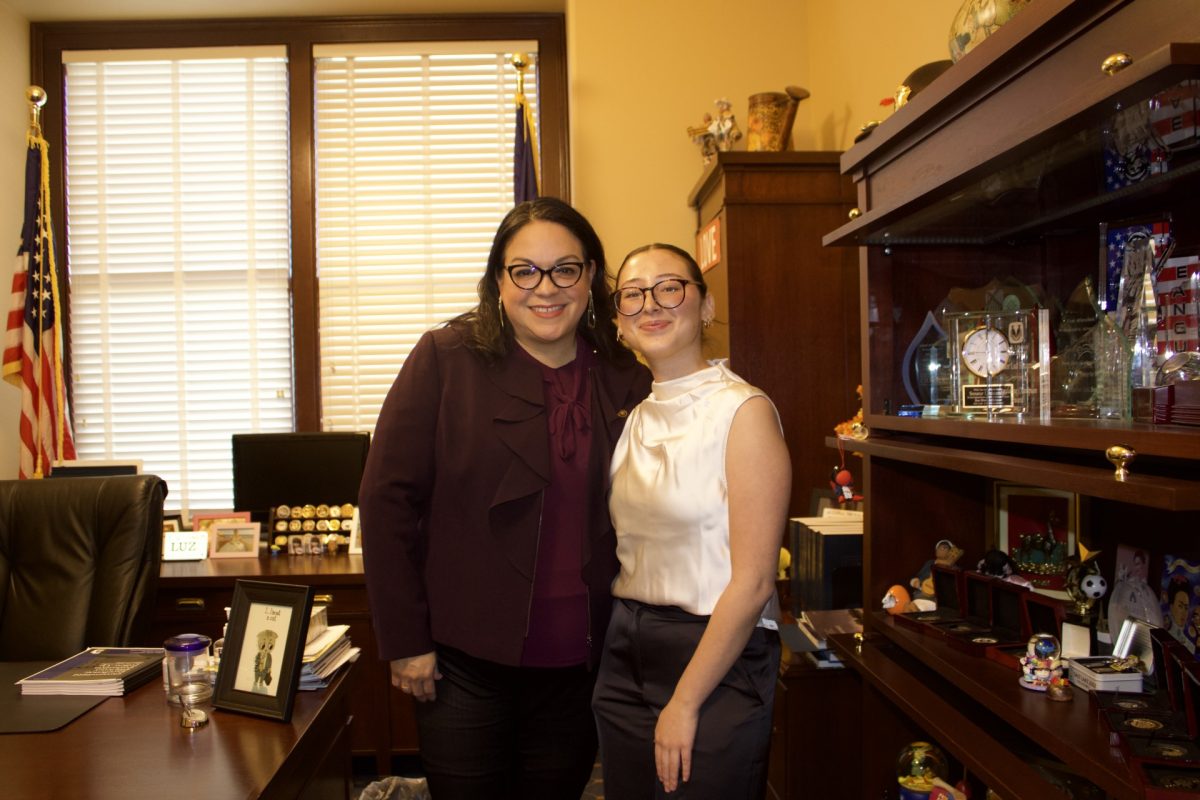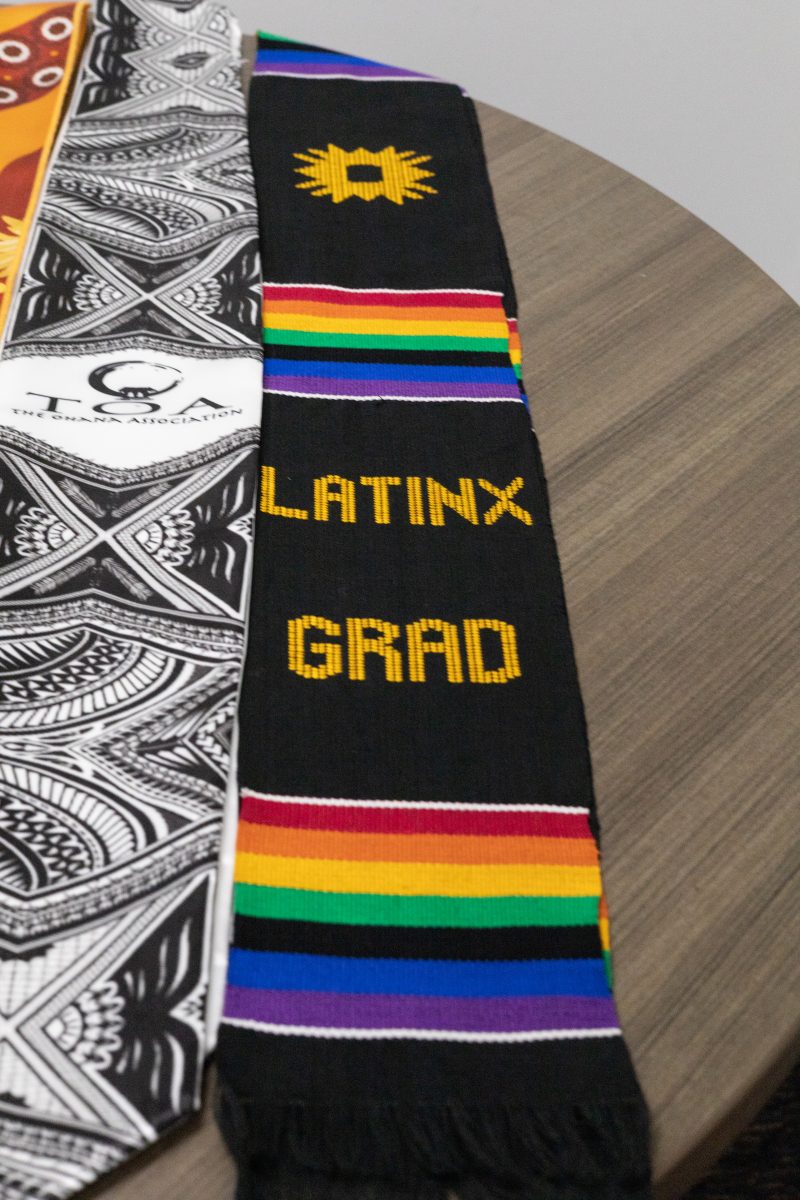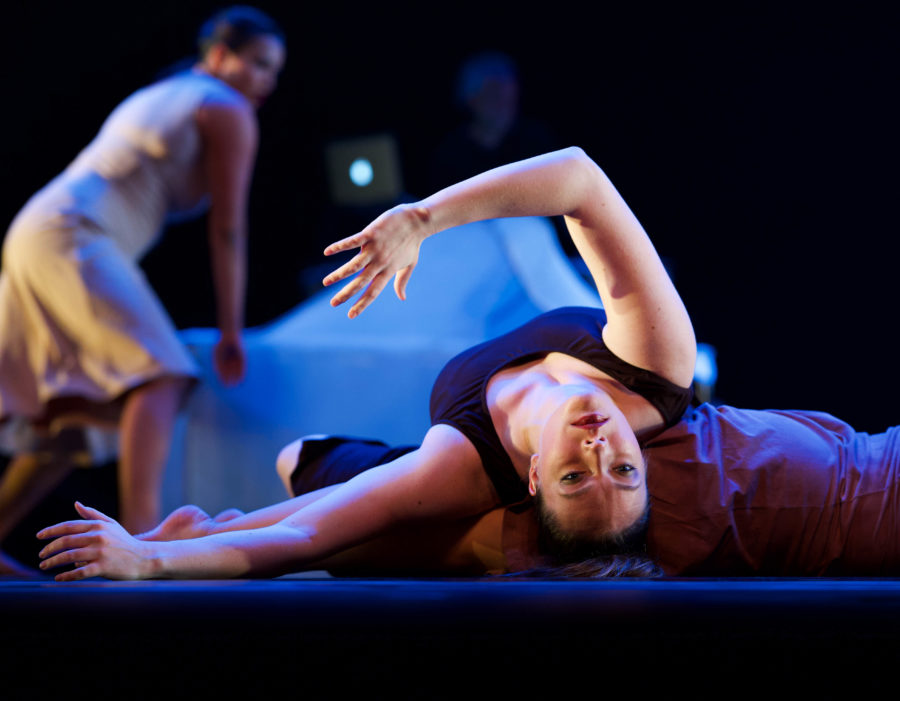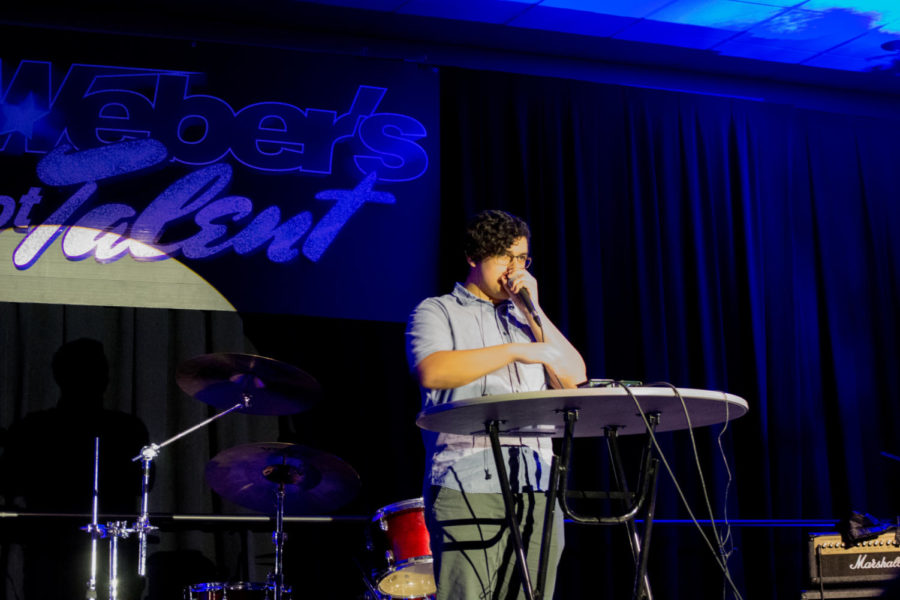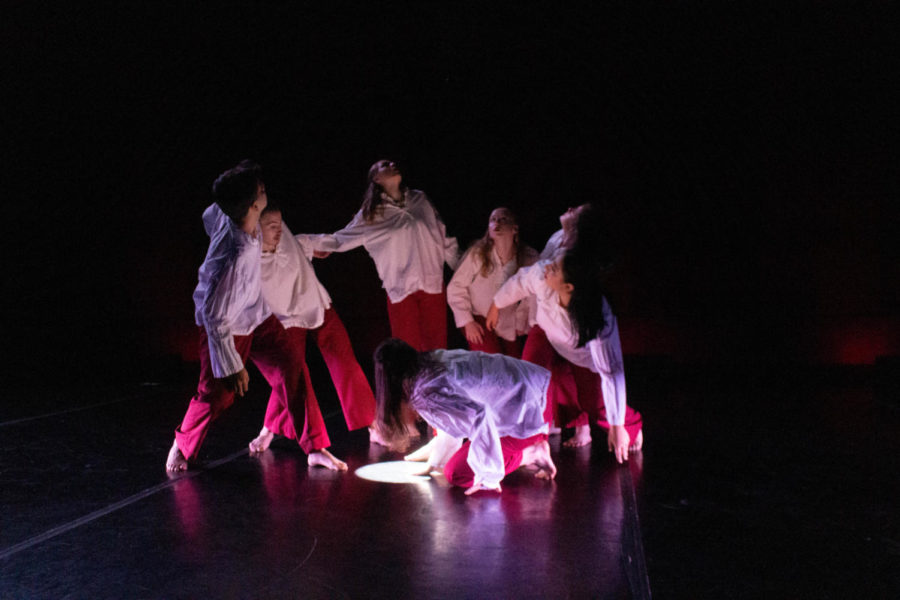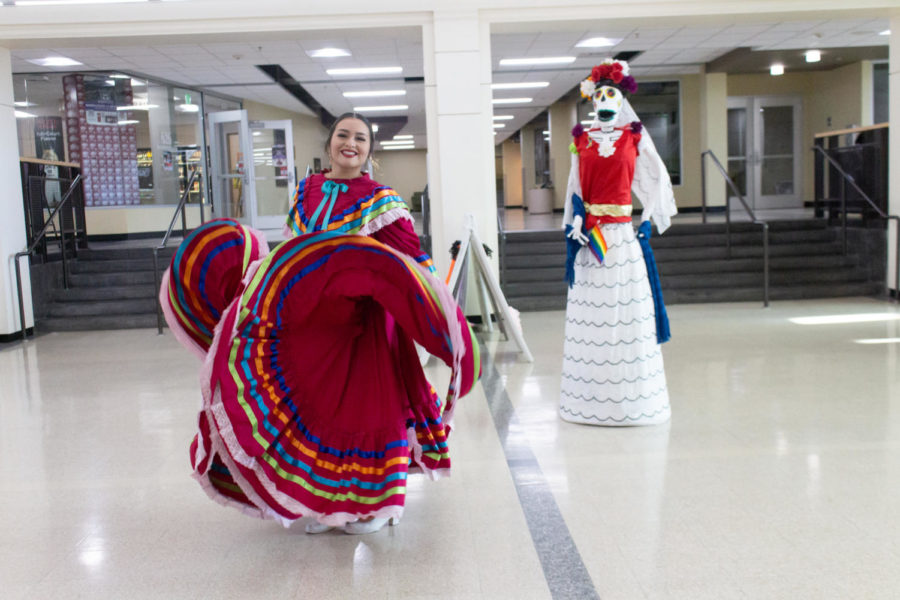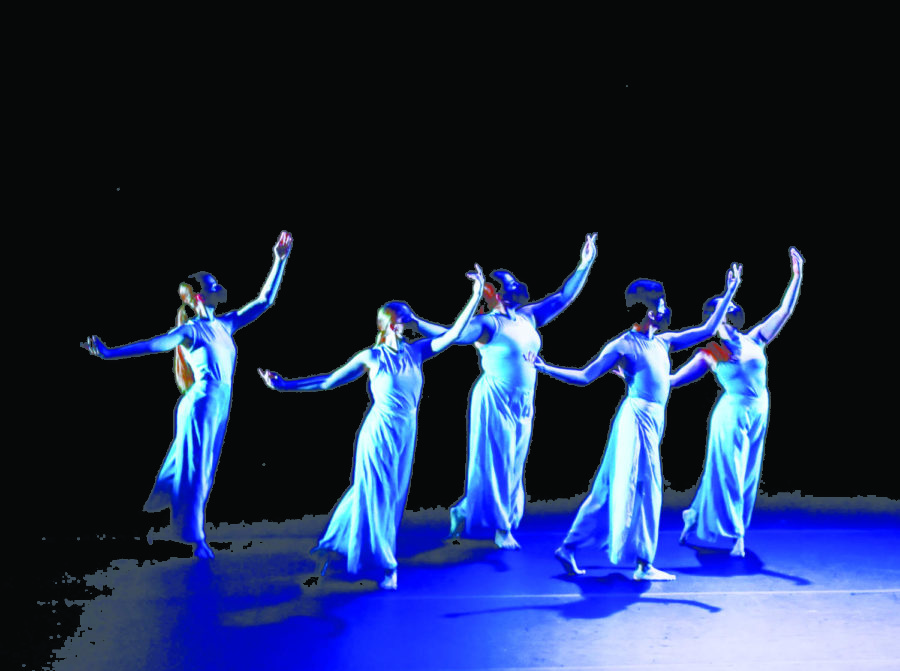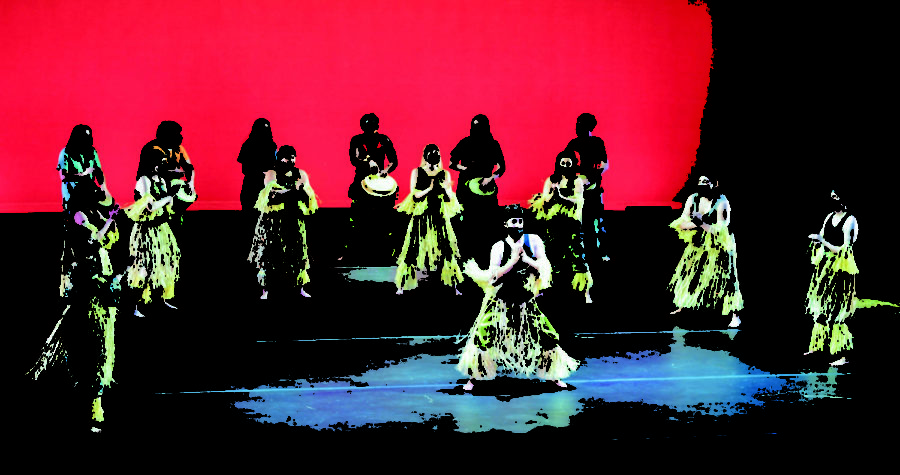In education, the arts and sciences are rarely taught together, but there are those at Weber State who are trying to change that. On March 18th, the third annual Arts Integration Conference was held in the Kimball Art Building.
“130 people attended. We have continued to grow the attendance each year. This year was completely sold out,” said Tamara Goldbogen, the Beverly Taylor Sorenson Endowed Chair for Arts Learning at Weber State University.

The conference was targeted towards elementary teachers in Utah, arts education students at WSU and elementary education majors at WSU. During the conference, attendees were able to work with and learn from guest artists in media art, music, drama and visual art. They participated in hands-on arts integration activities that combined science and art to meet the Utah Core Standards for classroom education.
“Arts integration offers tools to connect different types of learning and learners,” Goldbogen said. “Arts integration has the power to engage people of all ages and to make space for personal connection to content.”
In her welcome letter for the conference, Goldbogen also shared why art integration has a personal importance in her life. She said that she was the child of two educators and they were both concerned when she was singled out in elementary for having issues in math and reading. Goldbogen said she can remember being taken out of her class into a room where she sang songs, played games and moved around the room all to help her develop better math and reading skills.
Goldbogen ended her letter by saying, “I know first hand that the more we can engage the curiosity and imagination of the students through the arts, the more motivated they are to learn.”
The Arts Integration Conference consisted of four different sessions during which attendees were able to able to choose between classes taught by 11 different presenters.
One of these presenters was Tallerie McRae—a theater artist, educator, disability scholar and inclusion/access specialist based in Louisville, Kentucky. While McRae taught a drama workshop about “teaching in role,” she was able to project her high contagious energy to the very back of the room.
She conducted much of the workshop as if she was teaching her elementary students, while dressing up as a scientist and having her audience act as if they were world-renowned scientists as well. In this way, she was able to show, not tell, how “teaching in role” works.
“Drama integration is using your imagination to solve a problem in a new way. Drama uses students’ original ideas to solve problems so they have to use their own life experiences to participate,” McRae said.
Conner Erickson, a freshman double majoring in dance and public relations at WSU, said he enjoyed the way McRae treated the classroom as her audience.
“It allowed for us to understand it better in a real life situations. How she presented the information was very well executed, specifically her use of multiple learning methods,” he said.
Another workshop that took place during the conference was a dance-science workshop titled “A Body in Motion: Science and Movement in the Classroom.” The workshop was created by Weber State University physics professor Dr. Adam Johnston and dance professor Erik Stern; however, it was only taught by Johnston because Stern was out of town at the time of the conference.
In this workshop, Johnston combined dance and physics by having the attendees try to move a piece of paper without grabbing it. This forced the participants to notice things about not only the movement of their bodies, but speed and force as well.
“It’s not the dance of science or the science of dance. It’s about how arts and science have practices that are parallel with one another,” Johnston said.
Emily Williams, a dance education major at Weber State, said she enjoyed the hands-on experience of the workshop.
“I love the thought of hands-on science,” she said. “So when combining science and dance together, it added a new level of physicality.”



